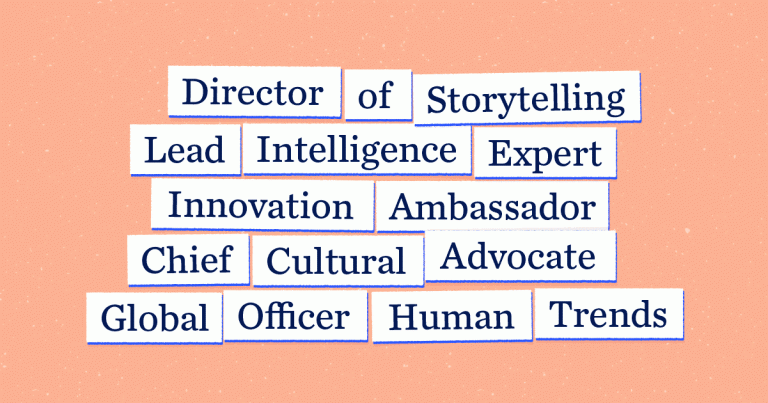With the sector turned on its head over the last 18 months due to an increasing number of challenges related to the pandemic, we asked ourselves, what are some new brand narrative themes that may be worth exploring?
A pre-pandemic study by Alto into brand messaging across higher-ed identified a number of reoccuring brand narrative themes –
(See table below).
Is it time to tell a new story?
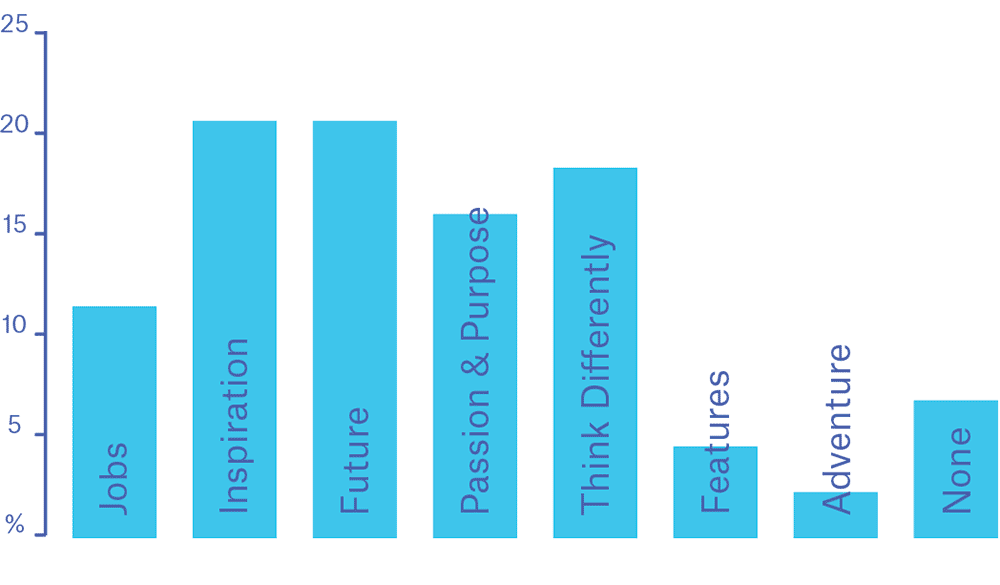
Download the full study.
4 x Brand Narrative ideas for Higher Ed.
Theme idea #1
1. Specialisation
Working to your strengths.
It’s almost impossible to build a business and market a brand in a way that serves everyone. You can’t be everything to everyone. Institutions that offer a broad range of courses across multiple disciplines struggle to find a differentiated message.
Rather than creating generalist high-level brand messaging as an attempt to catch all, institutes could place more effort on creating strategically focused faculty-level (or program level) specialisation campaigns. This would target areas of depth and strength, instead of averaging out their messaging to cover areas of weakness.
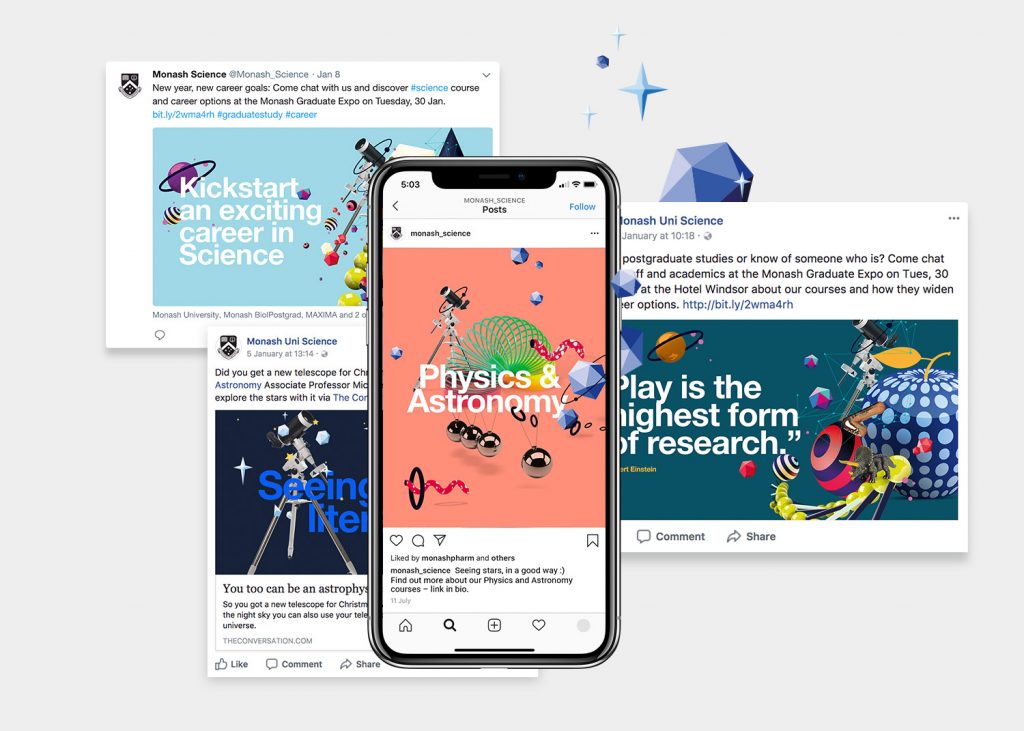
Here’s an example of Monash Science faculty doing just that.
Doing this would enable brands to calibrate their messaging more finely to their desired market segment, with their own distinct voice and style that targets the hearts and minds of the right candidate, rather than every candidate.
Theme idea #2
2. Failure
The original innovation incubator
There is a strong trend towards innovation and entrepreneurship in tertiary education, both in application—the development of innovation districts, incubators and accelerators—and in marketing, as seen in the Think Differently themed campaigns (see Table 1 above).
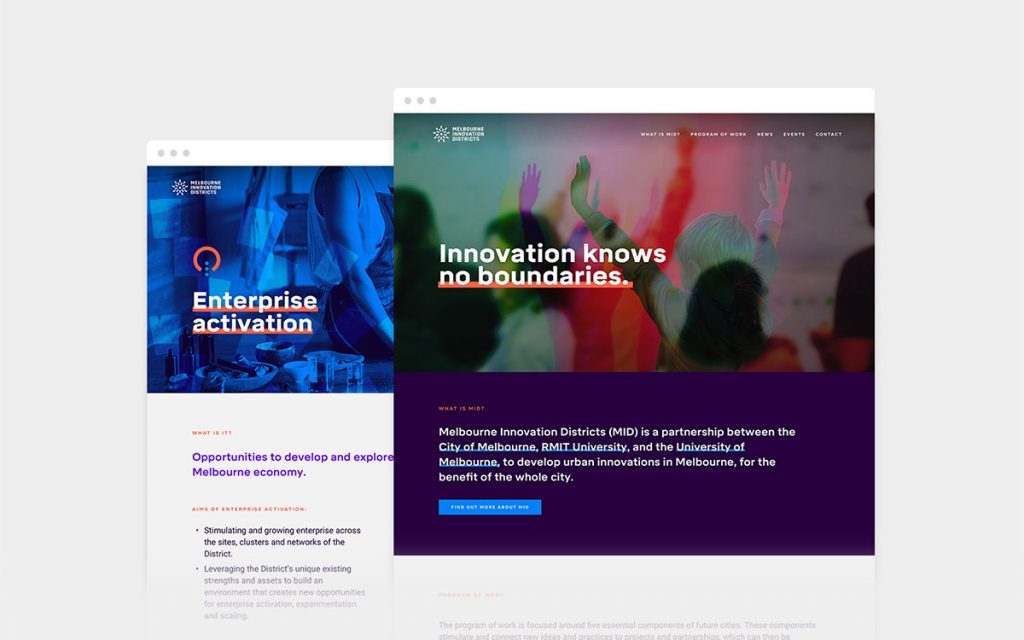
The tech and start-up sectors celebrate failure as an essential part of learning. Can tertiary education fully embrace this notion as well? Will the term ‘failure’ become less taboo in marketing vernacular? Will learning brands—traditional in their approach to brand and marketing—be bold enough to go there?
After all, what are tertiary education institutes if not places to fail safely?
Theme idea #3
3. Tribes & belonging
Where does belonging belong?
During our study, we uncovered that young people value personal relationships and consider them a greater measure of success than their work or career. However, it’s surprising to see a notable absence of messaging around tribes and belongingness in current brand marketing across the higher education sector.
Are individuals looking for more than just a pathway to work from in their tertiary education experience? Should belonging to a community or a tribe play a greater role in messaging?
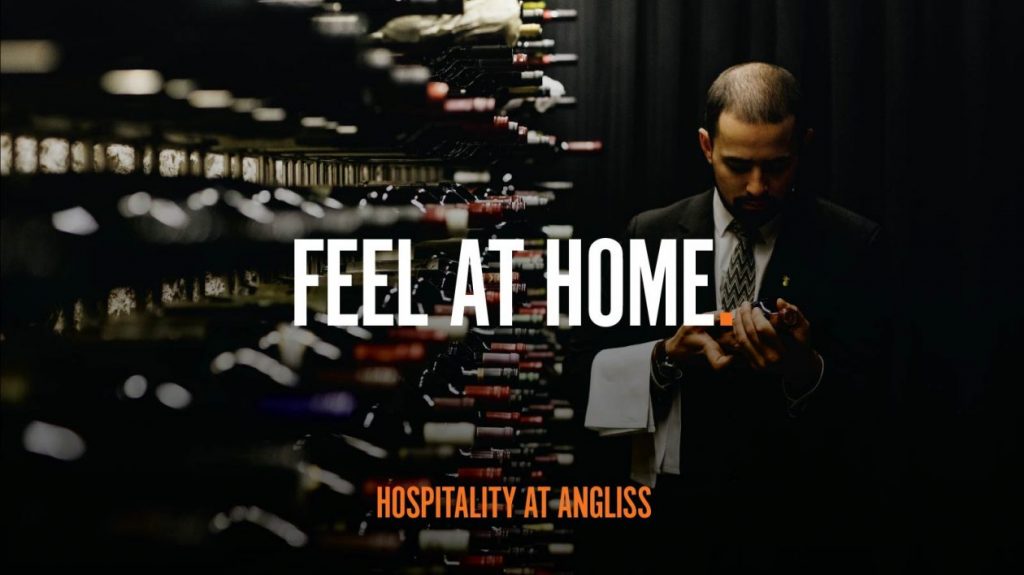
Tribes are nothing new. Throughout history, people have come together under a shared set of values, beliefs or emotions.
In today’s fast-paced consumer culture, people express their identities and signal their unique set of values via the brands they choose to consume, wear, share, follow, like and subscribe to.
Brands in other sectors have successfully tapped into the basic behavioural instinct of ‘belonging’ and have used it to their full advantage. Building lifelong customers who rally around their same set of values, emotions and beliefs.
Creating a sense of belonging leads to brand loyalty and advocacy.
Combined with the continuing fragmentation of ‘real-world’ communities, we expect there to be more emphasis on belonging to a community or tribe of like-minded individuals around tertiary education brands.
Theme idea #4
5. A lifetime of learning
Tertiary education. Not just for young people.
Although our study showed that the majority of brand and campaign messaging is directed at young people, there is a much greater opportunity to widen the scope of the target market.
Education is no longer just the stage you go through before you get into the ‘real-world’ of work, it’s a lifelong pursuit.
It’s now predicted that the average 15 year old will have 17 jobs across five different careers throughout their lifetime, with each new job and career will require new skills, knowledge or training.

As the idea of a lifetime of learning begins to take hold, and demand for online post-graduate degrees soars, the role that tertiary education brands play in the life of individuals is changing. There are opportunities to think more about the long game—to build long-term relationships and emotional connections through better engagement, and to retain students for much longer than just a three-year course.
Providers have an opportunity to better engage mature students and bring them back into the fold while becoming a learning partner for those about to embark on the journey.
Conclusion
The challenges and disruptions in the education sector as a result of the current pandemic present an opportunity to find new relevance—to break away from the pack and find richer, unique and more innovative ways to attract, engage and retain students. Not just for a few years, but over a lifetime of learning.
A brand promise is worth nothing if it can’t be followed through. You can’t create differentiation if you’re not different. If there’s nothing to talk about, there is no message to connect with.
But in truth, all brands are different. They all have their own history, purpose, specialisations, aspirations, culture—the building blocks of an authentic, differentiated story.
Rather than singing the same old tune or pretending to be something they’re not, education providers can play to their inherent strengths, whilst also adapting to recent changes by redesigning themselves to reconnect with the needs, wants and dreams of individuals.
Any institute can start a relevant conversation that connects them with the individuals who actually need them.
Are you ready to start yours today?

